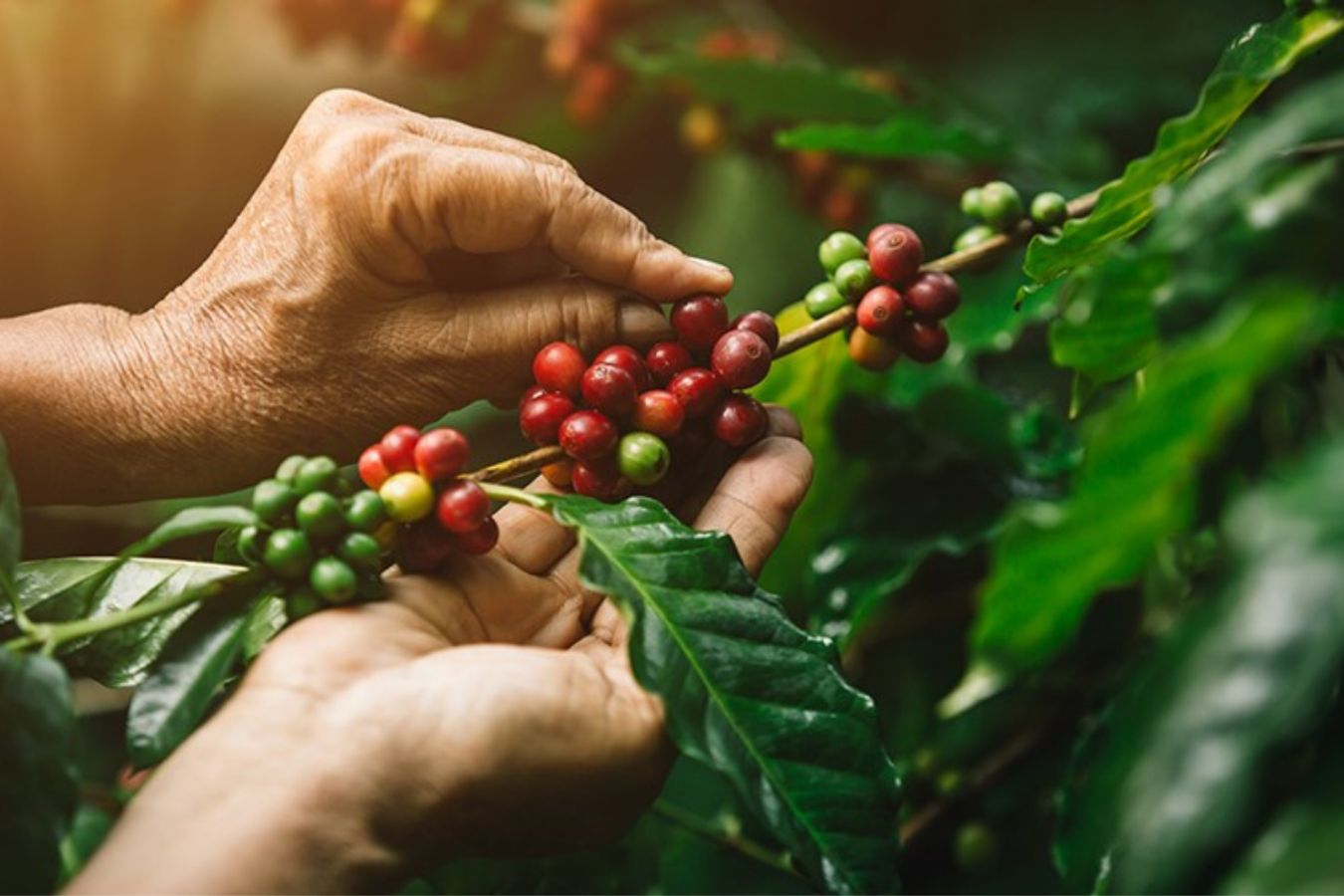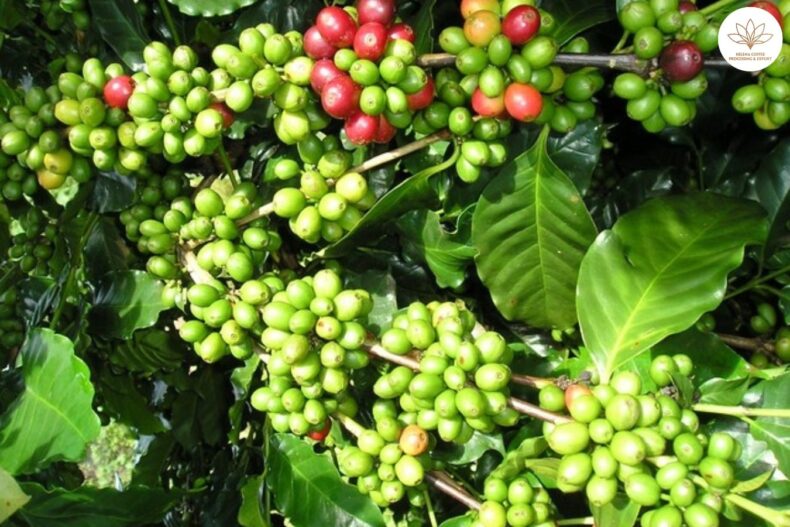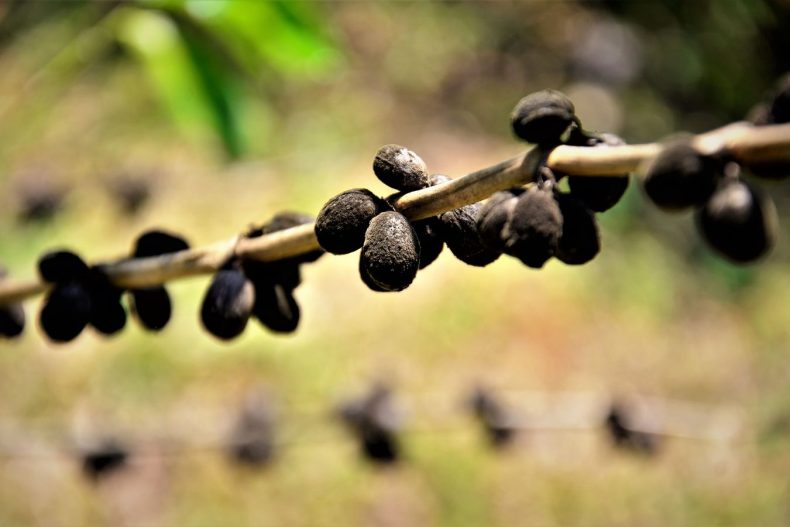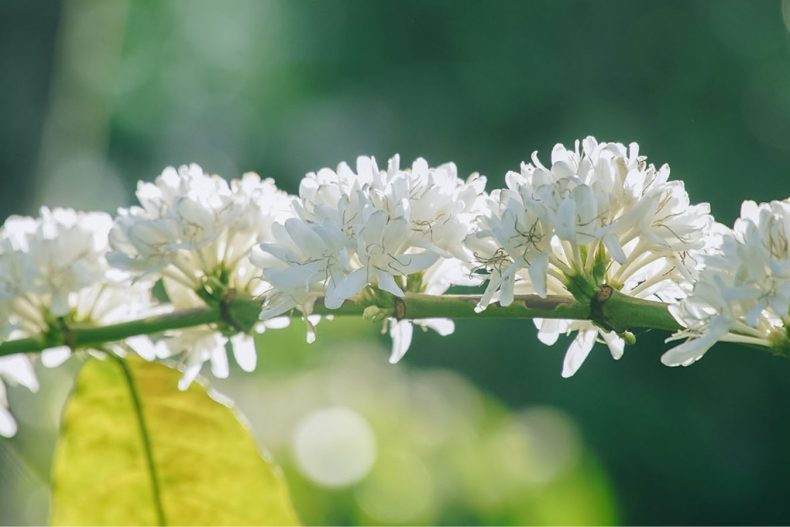
| They | Who | Species
(list some species) |
Breed type (e.g.🙂 |
| Rubiaceae | Coffee (Coffea) | Tea coffee (Arabica) | Typical |
| Canephora | Robust | ||
| Liberia |
Botanists have had many conflicts about constructing an accurate categorization system since Linnaeus accurately described The Genus Coffee in the mid-18th century. At least 25 critical species, native species, tropical Africa, and a few Indian Ocean islands, especially Madagascar, are found.
Due to the diversity of plants and seeds in the genus Coffee (Coffea), categorizing and recognizing a plant in the genus Coffee (Coffea) is becoming increasingly challenging. The leaves of all Coffee species are yellowish, dark blue, dark yellow, or tinged with purple and range in height from a bit of bush to trees over 10 meters tall.

Coffea Arabica (tea coffee), which accounts for more than 60% of global production, and Coffea Canephora are the two most economically important coffee species (Robusta coffee). Coffea Liberica and Coffea Dewevrei are two other types farmed in lower quantities (Excelsa coffee
A few different points keep coffee tea characteristics (Arabica) and Robusta:
| Arabica | Robust | |
| The time the species was announced. | 1753 | 1895 |
| Number of chromosomes (2n) | 44 | 22 |
| The time from blooming until the fruit is ripe | Nine months | 10-11 months |
| Time of bloom | After the rain | Infrared frequently |
| Ripe berries | Fall | Still on the tree. |
| Productivity (kg beans/ha) | 1500-3000 | 2300-4000 |
| Root system | Deep | Shallow |
| Optimum temperature (average year) | 15-24° C | 24-30° C |
| The optimal amount of intrigue | 1500-2000 mm | 2000-3000 mm |
| Optimum altitude | 1000-2000 m | 0-700 m |
| Hemileia vastatrix (rust) | Desensitization | Resist |
| Koleroga Disease | Desensitization | Can endure |
| Tuyến trùng Nematodes | Desensitization | Resist |
| Bệnh Tracheomycosis | Resist | Desensitization |
| Berry disease (coffee anthrax) | Desensitization | Resist |
| The caffeine content in nuts | 0.8-1.4% | 1.7-4.0% |
| Granular shape | Horizontal flat | Oval shape |
| Set typical brewing | Acidity | Bitter, full |
| Trunk | Average 1.2% | Average 2.0% |
Coffee plants Arabica – Arabica coffee bean
In 1753, Linnaeus published the first description of arabica coffee. “Typica” and “Bourbon” are the most well-known varieties. Caturra (Brazil, Colombia), Mundo Novo (Brazil), Tico (Central America), San Ramon dwarf, and Jamaican Blue Mountain are just a few of the strains and types that have come from here.
The Arabica tree has dark blue oval-shaped leaves and a giant bud. The plant produces fruit-shaped fruit that matures in 7 to 9 months and typically contains two flat seeds (coffee beans), But it is termed Culi coffee when only one seed grows.
Disease resistance is a primary goal of plant breeding initiatives since Arabica coffee is susceptible to insect assaults and outbreaks. Latin America, Central and East Africa, India, and Indonesia are all home to Arabica coffee.

Coffea canephora – Robusta coffee
Liberica coffee (Coffea liberica)

Crop breeding
Arabica coffee
Arabica coffee tree is a tetrahedron and can pollinate itself. There are two different plant varieties, typical and bourbon. Historically, typical was grown in Latin America and Asia, while bourbon bean was produced in South America and East Africa through French fabric.
Because C. arabica is a self-pollinating plant, these varieties maintain genetic stability. However, the spontaneous mutation expresses desirable characteristics raised in its way and exploited for cross-breeding purposes. A few variations and combinations are described below:

Wide varieties are developed to deliver dark economic returns in regional conditions such as climate, land, farming methods, and the prevalence of pests and diseases. Better tree variety populations are known as:
- Blue Moutain is grown in Jamaica and Kenya
- Mundo Novo – a cross between typical and bourbon, commonly grown in Brazil
- Kent – raised in India, may be resistant to some common diseases.
- Casual – the result of the Mundo Novo and Caturra hybrids, which feature yellow leaves and red berries: Catuai-amarelo and Catuai-Vermelho
Coffea canephora
- canephora is dissingral, cannot be fertilized on its own, and has various forms and types. Identifying plant varieties is a bit difficult, but the two main types are recognized:
– ‘Robusta’ coffee bean – vertical form
– ‘Nganda’ – the spread of
Arabica / Robusta hybrid
Growth and flowering, yield, grain size and stickiness, quality, caffeine intake, disease resistance, and drought resilience are all carefully bred into the level of coffee quality.
She was crossing the Arabica coffee species Coffea with Robusta to improve Arabica’s disease resistance, robusta coffee leaf rust vitality, or Robusta’s quality.
Hybrid de Timor is a natural hybrid of Arabica and Robusta with 44 chromosomes resembling coffee arabica species. Catimor is a rust-resistant coffee bean hybrid between Caturra and Hibrido de Timor.
Ruiru Eleven is a low hybrid variety. In 1985, the Coffee Research Station in Ruiru, Kenya, launched the product. Ruiru 11 can induce coffee berry disease and rust. It’s also very productive and stable at planting densities twice as high as the average.


